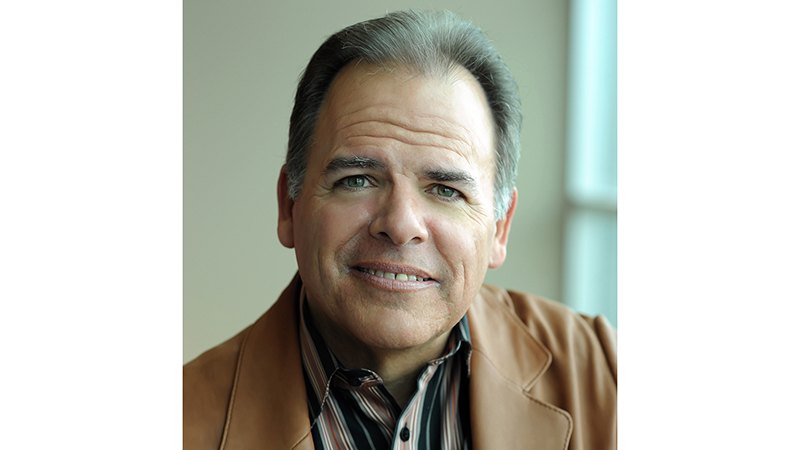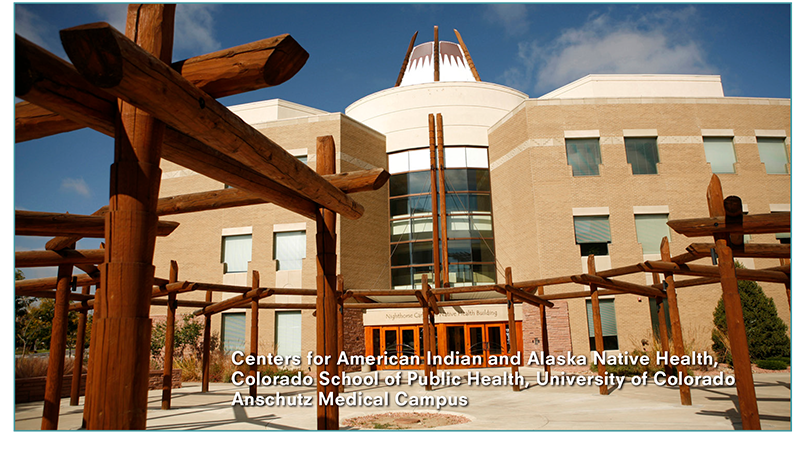Marshalling Resources to Address Historic Ills
Leer en español
“My responsibility will be to turn to Colorado’s Native communities, to understand and capitalize on available resources.” ~ Spero Manson, PhD, Centers for American Indian and Alaska Native Health
There are around 56,000 American Indians and Alaska Natives living in Colorado. Most of them live in the state’s urban areas, including Denver and Colorado Springs, where they are sometimes invisible to those who make policies, provide services or give grants.
And yet American Indians in the state face disproportionate health burdens, bearing the generational effects of genocide, racism and poverty. Among American Indians and Alaska Natives living in Colorado, according to data compiled by the state Office of Health Equity:
- Around one in five lives in poverty. That’s nearly twice the average poverty rate in the state.
- The high school graduation rate is 61 percent, lower than any other racial or ethnic group in the state. By comparison, the overall graduation rate in Colorado is around 77 percent.
- About one in three adults are obese, a higher rate than any other ethnic or racial group in the state.
- Around 22 percent reported experiencing poor mental health for more than a quarter of the past month, compared with a state average of 14 percent.
- Roughly 32 percent smoke cigarettes, compared with 18 percent in the general population.
- Diabetes, suicide and liver disease are more common causes of death.
Nationwide, American Indian and Alaska Native babies are 53 percent more likely to die in their first year of life than white babies; and they live, on average, two fewer years than white Americans.
In an effort to help address these disparities, The Trust created an endowed chair at the Centers for American Indian and Alaska Native Health at the University of Colorado’s School of Public Health at Anschutz.
Spero Manson, PhD, is the inaugural chairman. Manson says the epidemic of chronic diseases like diabetes, cancer and behavioral health problems among Native communities in Colorado reflect national trends.
They’ve been exacerbated, he says, by historic difficulties in the relationship between state agencies and tribal communities.
“In the face of that, the Native communities have had relatively limited capacity and experience in navigating the landscape in terms of services that are available to them,” Manson says. “My responsibility will be to turn to Colorado’s Native communities, to understand and capitalize on available resources.”
